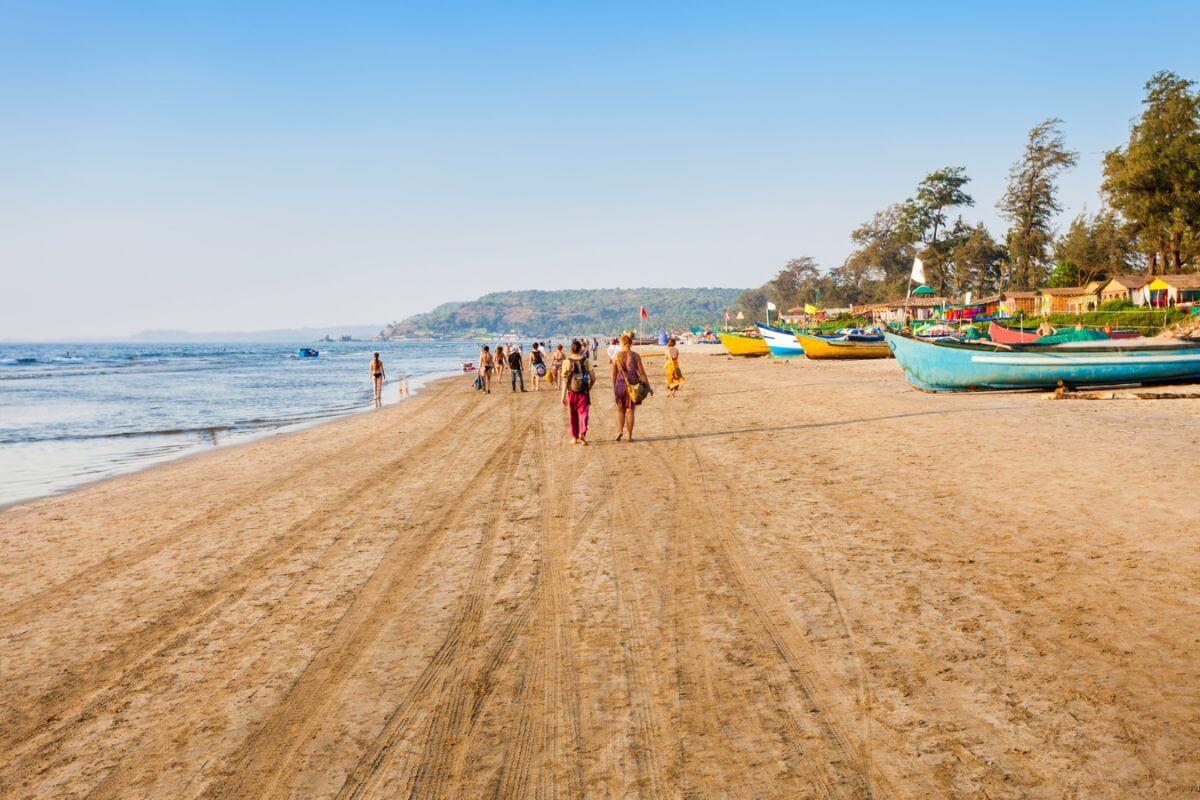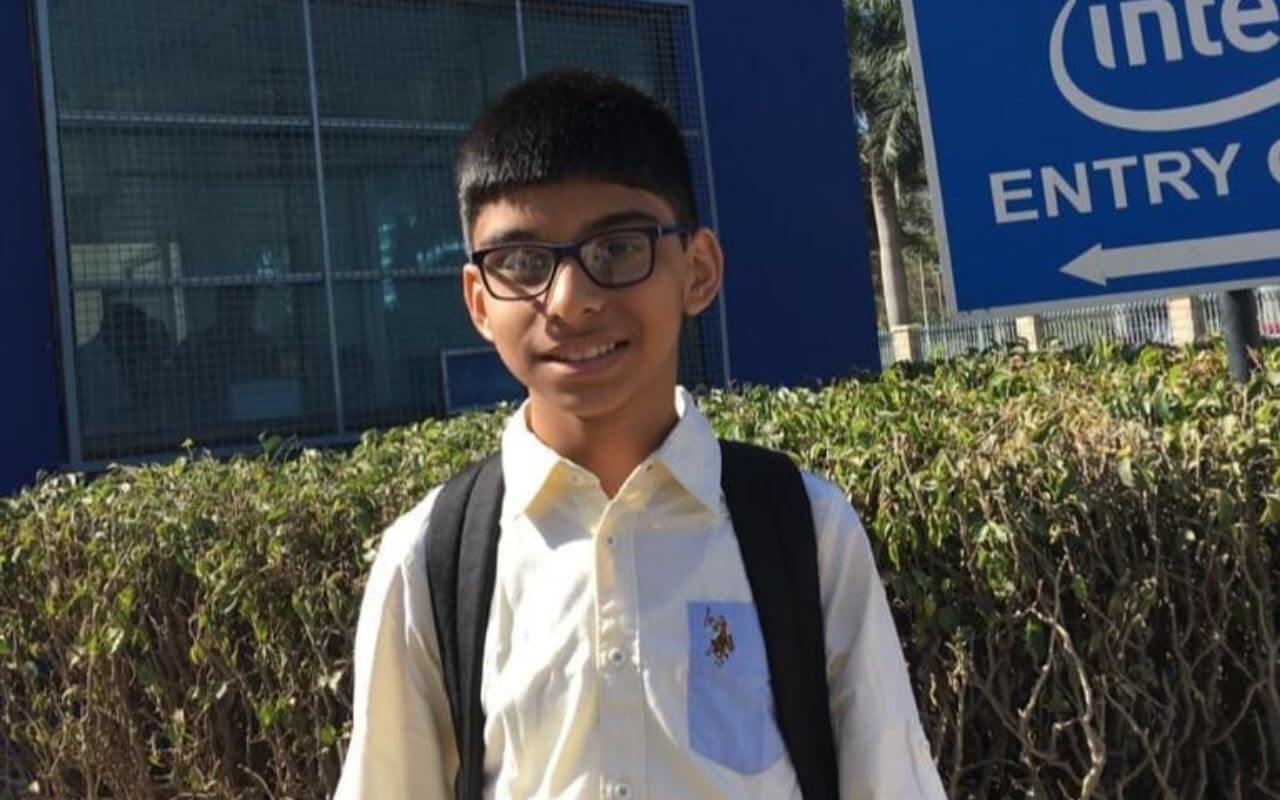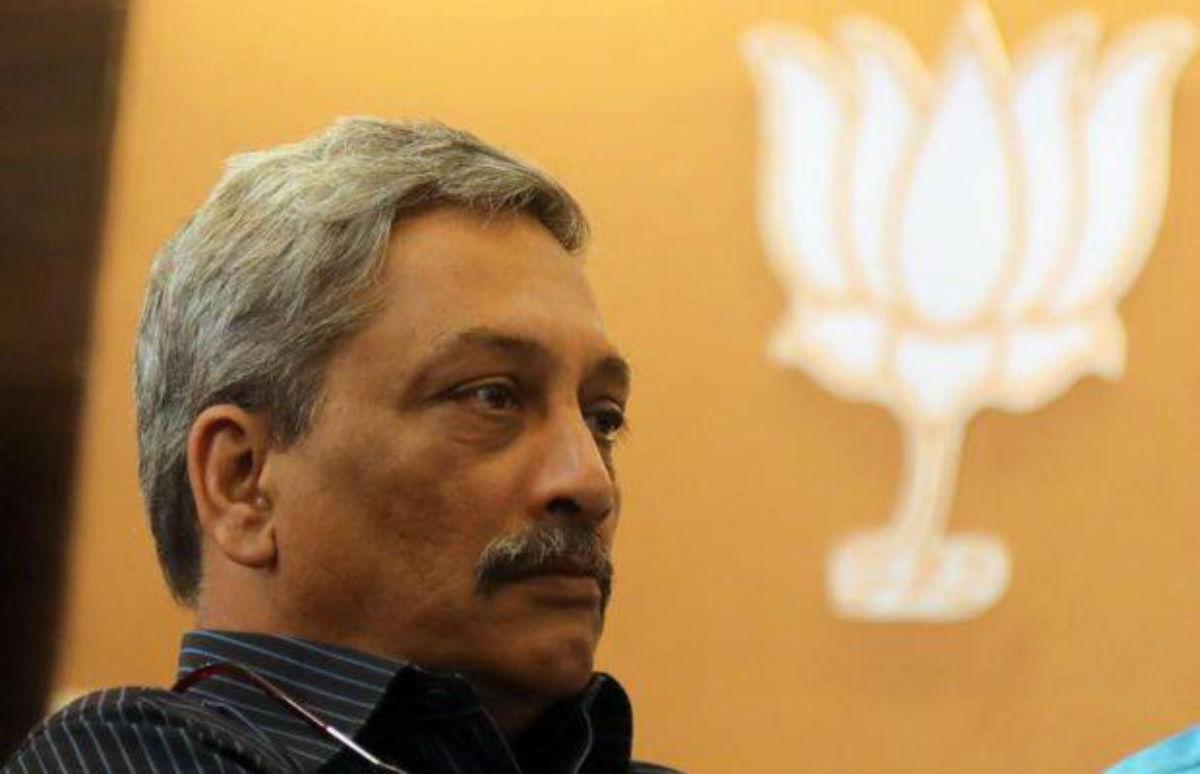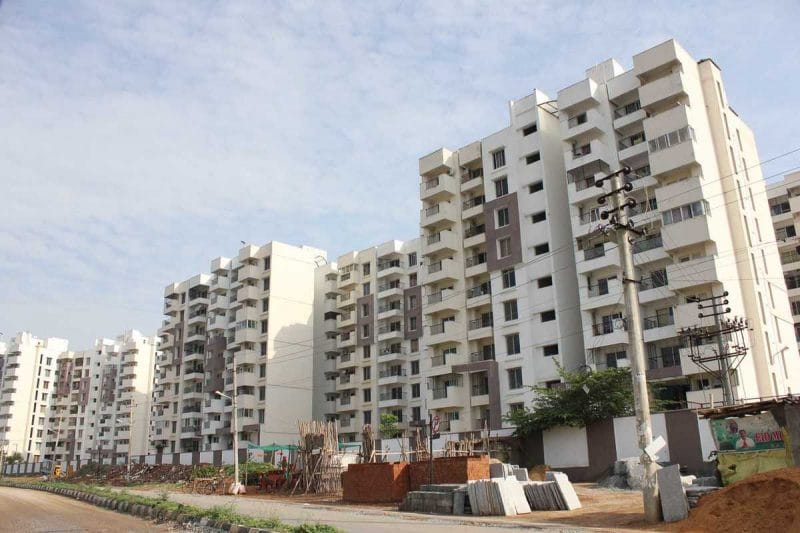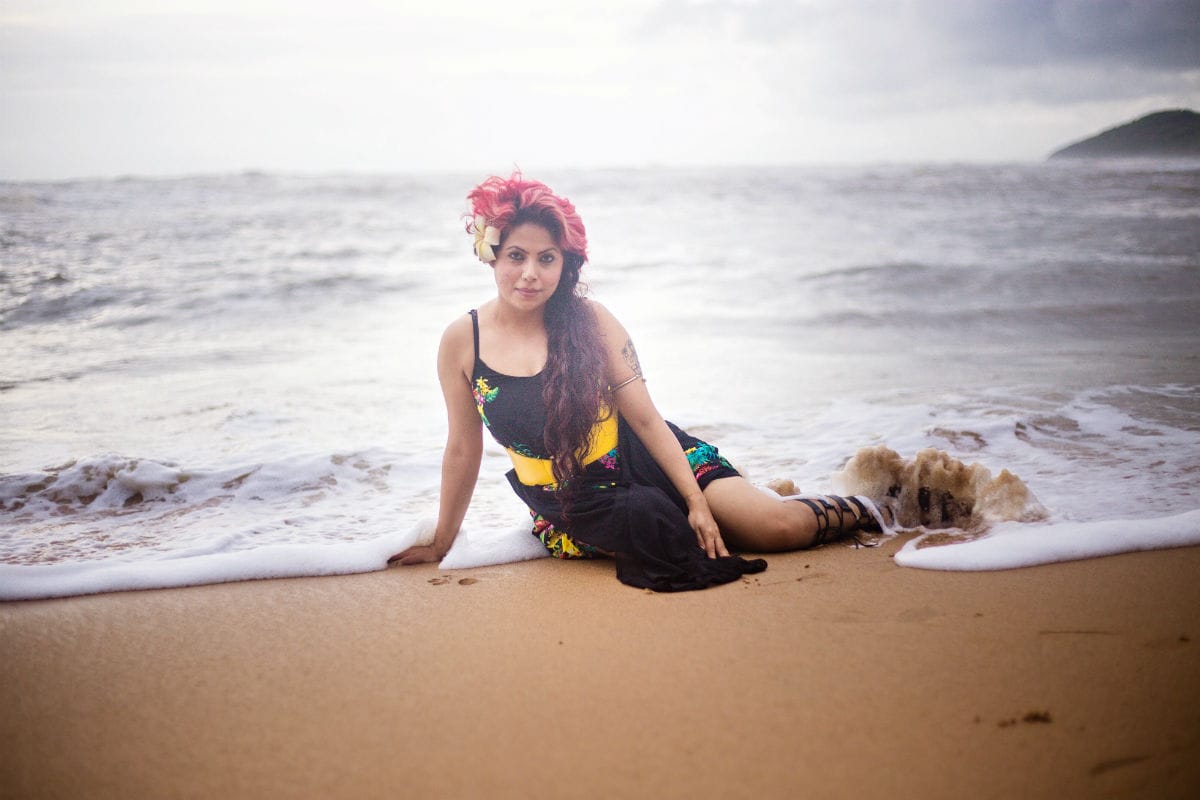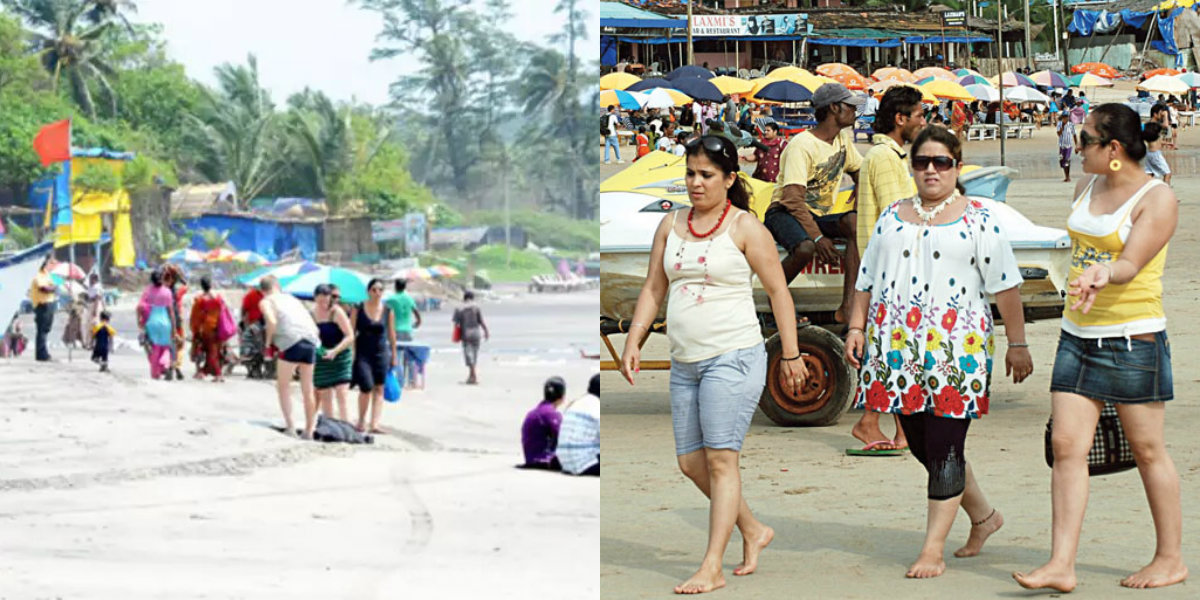Goa, a state in western India, is known for its beaches, nightlife, and cuisine. However, its history is rich and complex, shaped by centuries of colonization, conquest, and cultural exchange. From the arrival of the Portuguese in the 16th century to the end of colonial rule in 1961, Goa has been a center of commerce, conflict, and cultural fusion.
In this article, we will explore the colonial history of Goa, from the Portuguese conquest to the territory’s integration into the Indian Union. We will examine the political, economic, and social transformations that occurred during this period, as well as the impact of colonialism on Goa’s culture, religion, and identity.
Part 1: The Portuguese Conquest
The Portuguese conquest of Goa is a significant event in the history of India, marking the beginning of European colonialism in the subcontinent. The conquest took place in the early 16th century when a Portuguese fleet led by Admiral Afonso de Albuquerque arrived in Goa and defeated the local ruler, the Sultan of Bijapur.
The Portuguese were motivated by several factors to establish a presence in India, including a desire to access the lucrative spice trade, establish a Christian mission in Asia, and expand their global empire. They also sought to challenge the dominance of Islamic powers in the region, particularly the Ottoman Empire and the Sultanates of Bijapur and Golconda.
The Portuguese initially established a foothold in India through the construction of a fortified trading post at Cochin in 1503, which gave them access to the Malabar coast and the profitable pepper trade. However, they soon realized the strategic importance of Goa, a major center of trade and commerce on the west coast of India. Goa was a bustling port city, with a diverse population of Hindus, Muslims, and Christians, and was home to a powerful sultanate.
In 1510, Admiral Albuquerque led a fleet of ships to Goa and launched a surprise attack on the city. The Portuguese encountered fierce resistance from the local defenders, but were eventually able to overcome them with the help of superior firepower and military tactics. The Sultan of Bijapur, who had previously ruled over Goa, was forced to flee the city, and the Portuguese established a new government in its place.
The Portuguese conquest of Goa had significant political, economic, and social consequences for the region. The Portuguese established a colonial administration in Goa, with a governor appointed to oversee the territory. They also established a system of trade and commerce, with Goa serving as a major center of the spice trade and a hub for shipping and maritime commerce.
The Portuguese also introduced Christianity to Goa, with a focus on converting the local population to Catholicism. They built churches, monasteries, and other religious institutions throughout the territory, and worked to establish a Christian mission in Asia. This led to the spread of Portuguese culture and language, which had a lasting impact on Goan society.
The Portuguese also imposed their own laws and customs on Goa, which had a significant impact on the local population. They introduced a system of taxation and land ownership, which led to the displacement of many rural communities and the concentration of wealth in the hands of Portuguese elites. They also imposed their own social norms and values, which often clashed with traditional Goan customs and practices.
Despite these challenges, Goa remained a vibrant and diverse society, with a rich cultural heritage that reflected its long history of trade, commerce, and cultural exchange. The Portuguese introduced new technologies and methods of production, which had a significant impact on the region’s economy and society. They also contributed to the development of Goan cuisine, music, and other cultural practices, which continue to thrive to this day.
However, the Portuguese conquest of Goa also had negative consequences, including the displacement and marginalization of local communities, the destruction of traditional cultural practices, and the imposition of foreign rule and culture. The Portuguese also implemented a system of forced labor, known as the “corvée system,” which required the local population to work on public works projects without pay.
In summary, the Portuguese conquest of Goa was a significant event in the history of India, marking the beginning of European colonialism in the subcontinent. The conquest had significant political, economic, and social consequences for the region, introducing new technologies, trade opportunities, and cultural exchange. However, it also led to the displacement and marginalization of local communities, the destruction of traditional cultural practices, and the imposition of foreign rule and culture.
Part 2: The Portuguese Empire in Asia
The Portuguese Empire in Asia was one of the most significant colonial powers in the region during the 16th and 17th centuries. The Portuguese, led by explorers such as Vasco da Gama, began their quest for dominance in the Indian Ocean in the early 16th century. They established trading posts along the Indian coastline and soon expanded their influence into other parts of Asia.
The Portuguese were motivated by a desire to control the lucrative spice trade, which was dominated by Arab and Indian traders. They saw an opportunity to bypass the Arab and Indian middlemen and establish direct trade relations with the spice-producing regions of Southeast Asia. The Portuguese were also driven by a desire to spread Christianity to new regions, and they viewed their colonization efforts as a way to spread the Christian faith.
The Portuguese established their first trading post in India in 1498 when Vasco da Gama arrived in Calicut on the southwestern coast of India. They soon established other trading posts along the Indian coastline, including in Goa, which became the center of Portuguese power in India.
In addition to India, the Portuguese also established trading posts in other parts of Asia, including Malaysia, Indonesia, and China. They established a stronghold in the port city of Malacca, which they used as a base for their operations in Southeast Asia. They also established trading posts in Japan and Macau, which became a center of Portuguese trade and influence in China.
The Portuguese Empire in Asia was characterized by its dominance of the sea routes, which enabled it to control the flow of goods and people throughout the region. The Portuguese were able to maintain their dominance through their advanced naval technology, which included the use of the carrack, a large, heavily-armed ship that was capable of long-distance voyages.
The Portuguese Empire in Asia was also characterized by its imposition of colonial rule over the local populations. The Portuguese established a system of governance that was based on the colonial model, which involved the establishment of trading posts and the imposition of political and economic control over the local population. The Portuguese also imposed their religion, language, and culture on the local population, which led to a significant impact on the social and cultural life of the region.
The Portuguese Empire in Asia began to decline in the late 17th century, due in part to the growing competition from other colonial powers such as the Dutch and the British. The decline was also due to the internal weaknesses of the Portuguese Empire, including its lack of resources and manpower, and the corruption and inefficiency of its administration.
Despite its decline, the Portuguese Empire in Asia left a lasting impact on the region. It introduced new technologies, such as the printing press and firearms, and it had a significant impact on the cultural and social life of the area. It also had a lasting impact on the architecture and urban design of many of the cities in the region, including Goa, which still bears the imprint of its Portuguese past.
Part 3: Goa under Portuguese Rule
Goa was under Portuguese rule for over four centuries, from 1510 to 1961. During this period, the Portuguese transformed Goa from a small fishing village to a thriving center of trade, culture, and religion. However, their rule was marked by oppression, exploitation, and cultural suppression, leading to a complex legacy that continues to shape Goan identity today.
The Portuguese arrived in Goa in 1510, led by the explorer Alfonso de Albuquerque. They quickly established a foothold in the region, building forts, churches, and administrative centers. The Portuguese initially viewed Goa as a strategic base for trade with other countries in the region, including China, Japan, and Southeast Asia. They established a monopoly on the spice trade, which was highly profitable, and built a network of trading posts and alliances throughout the Indian Ocean.
Under Portuguese rule, Goa became a center of cultural and religious exchange, with the Portuguese introducing new technologies, languages, and customs to the region. They also brought Christianity to Goa, which became the dominant religion among the local population. The Portuguese built many churches, cathedrals, and convents in Goa, which remain some of the region’s most iconic landmarks.
However, the Portuguese also imposed their culture and religion on the local population, often through force and coercion. They destroyed many Hindu and Muslim temples and shrines and forced conversion to Christianity. They also established a system of forced labor, known as the corvée system, which required the local population to work on public works projects without pay.
The Portuguese rule in Goa was marked by oppression and exploitation. The local population was subjected to harsh taxes, forced labor, and discrimination. The Portuguese also established the Inquisition in Goa in 1560, which was notorious for its brutal methods, including torture and execution. Thousands of people were accused of heresy, and many were killed or imprisoned.
Despite the oppression and exploitation, Goa under Portuguese rule saw significant economic and cultural development. The Portuguese introduced new agricultural techniques, which helped to increase the region’s production of cash crops like sugarcane and tobacco. They also introduced new industries, including textiles, leatherwork, and metalworking, which helped to diversify the region’s economy.
Goa also became a center of education and culture under Portuguese rule. The Portuguese established schools and universities in Goa, which helped to create a new class of educated elites. Goa also became a center of artistic and literary production, with many poets, writers, and musicians producing works in Portuguese and other languages.
In the early 20th century, the Indian independence movement began to influence Goa. Indian nationalists began to organize protests and demonstrations, calling for the liberation of Goa from Portuguese rule. The Portuguese responded with repression and violence, and many activists were arrested and imprisoned.
In 1961, the Indian government launched a military operation to liberate Goa. The operation, known as “Operation Vijay,” was a success, and Goa was finally integrated into the Indian Union. The liberation of Goa was celebrated as a major victory for Indian nationalism, and it marked the end of Portuguese colonialism in India.
Today, the legacy of Portuguese rule in Goa is complex and multifaceted. It left a lasting impact on Goan culture, including the introduction of new technologies, religions, and cultural practices. However, it also led to the displacement and marginalization of the local population, the destruction of traditional cultural practices, and the imposition of a foreign culture and religion.
Part 4: The Indian Freedom Struggle and Goa’s Liberation
The Indian Freedom Struggle was a long and arduous struggle for independence from British colonial rule, which lasted for over a century, from the late 1800s to 1947. The movement was led by prominent figures such as Mahatma Gandhi, Jawaharlal Nehru, and Subhas Chandra Bose, among others. The movement used nonviolent methods of civil disobedience, such as boycotts, protests, and strikes, to challenge British rule and demand independence.
Goa, a former Portuguese colony, was also a part of this struggle for independence. Goa had been under Portuguese colonial rule since the early 16th century and had long been an important center of trade and commerce in the region. The Portuguese had established a highly repressive regime in Goa, characterized by forced labor, religious persecution, and cultural suppression.
The movement for Goa’s liberation from Portuguese colonial rule began in the early 20th century, inspired by the Indian freedom struggle. The first major movement for Goan liberation was the Azad Gomantak Dal (AGD), a political party formed in 1928 that called for an end to Portuguese rule and the establishment of an independent, democratic state of Goa. The AGD organized protests, rallies, and strikes, and also established an underground movement that carried out acts of sabotage against Portuguese rule.
The movement for Goa’s liberation gained momentum in the 1940s, with the establishment of the United Front of Goans (UFG) in 1946. The UFG was a coalition of various political parties and groups that came together to demand an end to Portuguese colonialism and the establishment of a democratic government in Goa. The UFG organized mass protests, strikes, and rallies, and also established an underground movement that carried out acts of sabotage against Portuguese rule.
The Portuguese authorities responded to the movement for Goa’s liberation with brutal repression, including arrests, torture, and imprisonment. However, the movement continued to gain strength, with increasing support from the Indian freedom struggle and other international movements for decolonization.
In 1961, the Indian government launched a military operation to liberate Goa, known as “Operation Vijay”. The operation was a success, and the Portuguese were forced to withdraw from Goa. On December 19, 1961, Goa was formally integrated into the Indian Union as a union territory.
The liberation of Goa was celebrated as a major victory for Indian nationalism and marked the end of Portuguese colonialism in India. However, the legacy of colonialism in Goa continued to shape the state’s politics, economics, and culture, and the struggle for Goan identity and autonomy continues to this day.
Part 5: The Legacy of Colonialism in Goa
The legacy of colonialism in Goa has been a complex and multifaceted one. While colonialism brought with it certain benefits, such as new technologies, trade opportunities, and cultural exchange, it also had many negative consequences that continue to be felt in Goa today.
Economic inequality is one of the most significant legacies of colonialism in Goa. During the colonial period, the Portuguese established a system of plantation agriculture that relied heavily on forced labor. This system resulted in the displacement and marginalization of many indigenous communities, who were forced to work under extremely difficult conditions for very little pay.
Although the system of forced labor was abolished after India gained independence, the legacy of economic inequality has persisted. Today, Goa is a state with a high level of economic inequality, with many people living in poverty while others enjoy great wealth and privilege.
Another legacy of colonialism in Goa has been the imposition of a foreign culture and religion. The Portuguese were known for their aggressive attempts to convert the local population to Christianity, and many Hindu and Muslim temples and shrines were destroyed during the Inquisition. The imposition of a foreign religion and culture has had a lasting impact on Goan society, with many people still struggling to reconcile the competing cultural influences that have shaped their identity.
Furthermore, the Portuguese colonial period led to the destruction of many traditional cultural practices in Goa. The Portuguese were hostile to many aspects of Goan culture, including its music, dance, and dress, which they saw as pagan and uncivilized. As a result, many traditional cultural practices were suppressed or even destroyed during the colonial period.
Despite these challenges, Goa has managed to maintain a rich and diverse cultural heritage that reflects its complex history. Today, Goa is known for its vibrant music and dance traditions, as well as its unique cuisine and festivals. However, the legacy of colonialism is still felt in many aspects of Goan society, including its politics, economics, and culture.
In recent years, there has been a growing movement to reclaim and celebrate Goan culture, and to promote greater awareness of the state’s colonial history. This has included efforts to preserve and promote traditional cultural practices, as well as initiatives to raise awareness about the impact of colonialism on Goan society.
Conclusion
The colonial history of Goa is a fascinating and complex story, shaped by centuries of conquest, commerce, and cultural exchange. From the arrival of the Portuguese in the 16th century to the liberation of Goa in 1961, Goa has been a center of conflict, cooperation, and cultural fusion. Today, Goa is a proud and independent state, with a rich and diverse cultural heritage that reflects its complex history.
However, the legacy of colonialism is still felt in many ways, including the persistence of economic inequality, the marginalization of certain communities, and the ongoing struggle to reconcile the competing cultural influences that have shaped Goan identity.
Despite these challenges, Goa remains a vibrant and dynamic state, with a unique cultural identity that continues to evolve and thrive. The legacy of colonialism in Goa is a reminder of the enduring impact of history on our lives and our societies, and the importance of understanding and learning from our past in order to build a better future.








